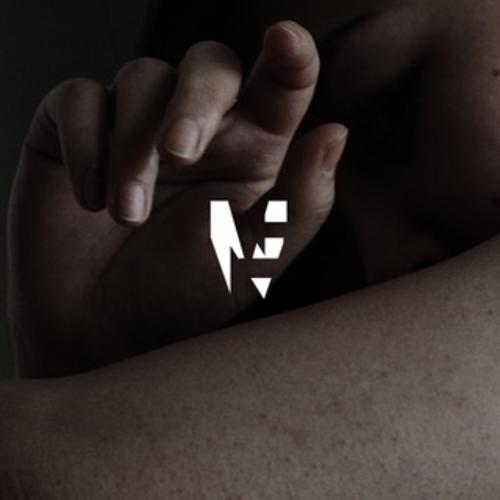 There’s often something worth listening to when you get a not-entirely-composer working in a relatively (or entirely) “classical” setting. And here we have Elliot Sharp composing for an orchestra, a choir and (arguably something more typically Sharp-ian, if that’s not an oxymoron), electronics / bass clarinet.
There’s often something worth listening to when you get a not-entirely-composer working in a relatively (or entirely) “classical” setting. And here we have Elliot Sharp composing for an orchestra, a choir and (arguably something more typically Sharp-ian, if that’s not an oxymoron), electronics / bass clarinet.
I’ll say it’s not got a consistent shape — the burrs and troughs of sections aren’t (seemingly) measured out equally, but there’s a few bedrocks that keep the ship seafaring — notably a (quintessentially Czech?) cimbalom which periodically pokes through the wheezing clouds of orchestral sounds and dilapidatedly menacing kettle drums. Possibly also a few notes to those very modernist, impressionistic ideas of tension and release, space and calamity á la Rites of Spring or György Ligeti at his more sour.
Speaking of Ligeti, I can’t help but lazily think of him whenever there’s choirs erratically plosiving around, as on the choir / clarinet number “Turing Test”. It doesn’t spend too long in that space, hitting more the kind of clarinet strides we might better know Sharp for. There’s a similar sense of structure being less regular than in a lot of (academic) composition, and more than enough (restrained) bass clarinet rattle to keep the more traditional experimentalist (ahem) at bay. I’m fairly sure there’s a substantial amount of spittle that must’ve narrowly missed the mic, so big up the engineer. While I’m at it — something I should’ve said earlier — sometimes not-entirely-composers don’t have the recording whatsits to make a record “sound” like composition — not the case here. Lovely, clear sound throughout. Possibly though, there’s a transition on this record — by the time we get to the third piece, we’re fairly squarely back into experimental music territory. I don’t want to draw too sharp a distinction between composition / experimental music (and clearly from the sound of this record, neither does Sharp), but I think of composition as occupying certain timbres, nuances, tropes, notions of rests and, like, awesome bangy kettle drums. By the time of third track, “Oumauamua”, we’re well into a territory of very fluid bass clarinetting and a fairly unclear electronic processing; unclear in the sense of both freely improvising in some ostensible relationship to each other, but never quite coming to the fore. Something like a foghorn atrophically dripping through digital interference or a self-conscious and bitter radio fucking with its clarinet lover.I’ll just close on an earlier point — I can find people with (let’s say) “heterogenous” outputs struggle to invest composition in a great deal of nuance and subtlety, but that’s not what Sharp’s doing. So possibly the question is less how he pulled it off here, and more when he’s going to it again, please.
-Kev Nickells-



